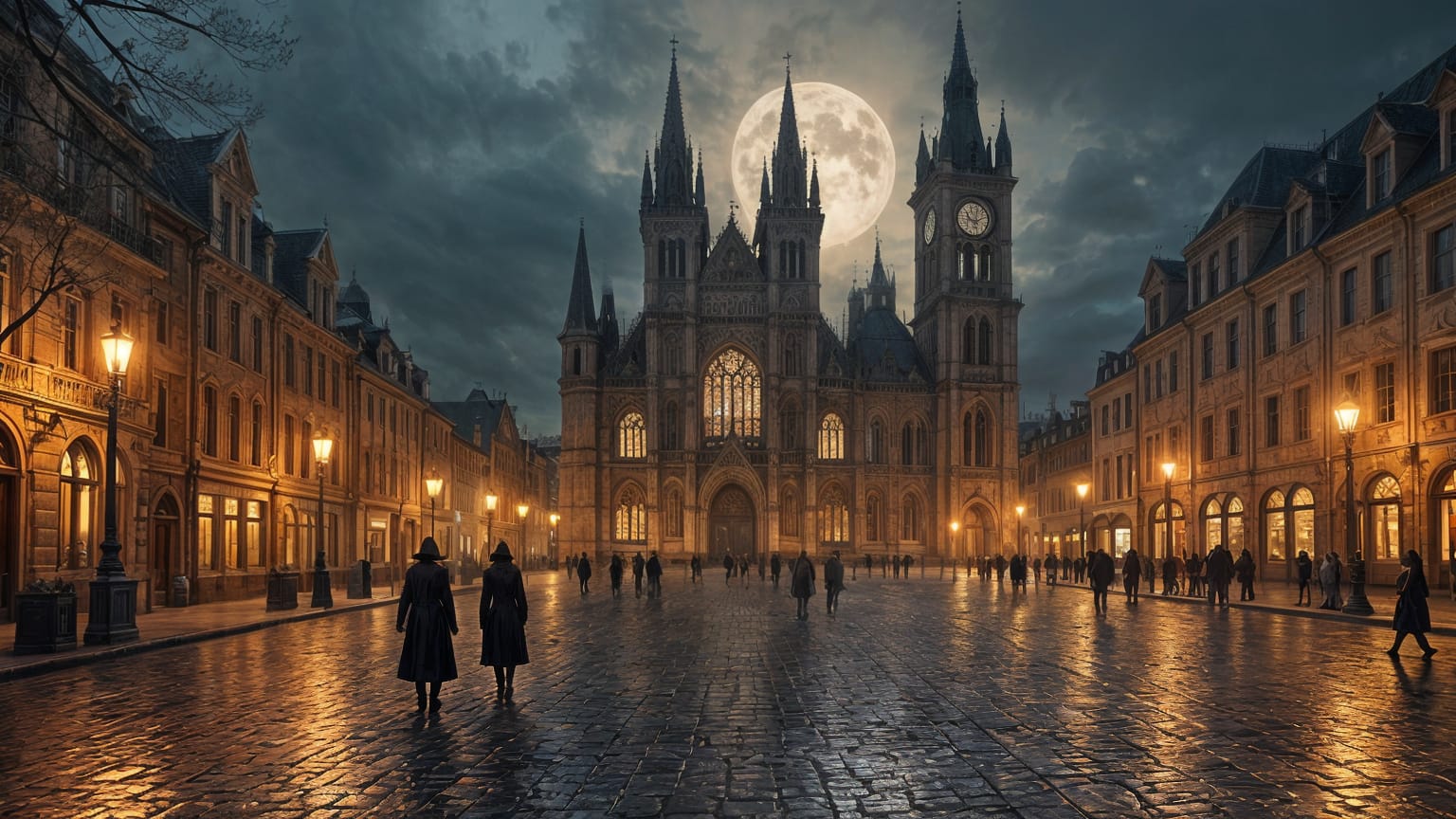Hotel des Invalides
The Hôtel des Invalides (French pronunciation: [o.tɛl dez ɛ̃valid]; lit. 'House of the Invalids'), commonly called Les Invalides (French pronunciation: [lez ɛ̃valid]; lit. 'The Invalids'), is a complex of buildings in the 7th arrondissement of Paris, France, containing museums and monuments, all relating to the military history of France, as well as a hospital and an Old Soldiers' retirement home, the building's original purpose. The buildings house the Musée de l'Armée, the museum of the Army of France, the Musée des Plans-Reliefs, and the Musée d'Histoire Contemporaine. The complex also includes the Cathedral of Saint-Louis-des-Invalides, the national cathedral of the French military. It is adjacent to the Royal Chapel known as the Dôme des Invalides, the tallest church building in Paris at a height of 107 meters.[1] The latter has been converted into a shrine to some of France's leading military figures, most notably the tomb of Napoleon.
History
Louis XIV initiated the project by an order dated 24 November 1670 to create a home and hospital for aged and disabled (invalide) soldiers, the veterans of his many military campaigns.[3] The initial architect of Les Invalides was Libéral Bruant. The selected site was in the then suburban plain of Grenelle (plaine de Grenelle). By the time the enlarged project was completed in 1676, the façade fronting the Seine measured 196 metres (643 ft) in width, and the complex had fifteen courtyards, the largest being the cour d'honneur designed for military parades. [ The church-and-chapel complex of the Invalides was designed by Jules Hardouin-Mansart in 1676, taking inspiration from his great-uncle François Mansart's design for a Chapelle des Bourbons [fr] to be built behind the chancel of the Basilica of Saint-Denis, the French monarch's necropolis since ancient times. Several projects were submitted in the mid-1660s by both Mansart and Gian Lorenzo Bernini, who was residing in Paris at the time. Mansart's second project is very close to Hardouin-Mansart's concept of the Royal Chapel or Dome Church at Les Invalides, both in terms of its architecture and of its relationship with the adjacent church. Architectural historian Allan Braham has hypothesized that the domed chapel was initially intended to be a new burial place for the Bourbon Dynasty, but that project was not implemented.[4] Instead, the massive building was designated as the private chapel of the monarch, which was attached to the Cathedral attended by the veterans. The Dôme des Invalides remains as one of the prime exemplars of French Baroque architecture, at 107 metres (351 ft) high, and also as an iconic symbol of France's absolute monarchy.
The interior of the dome was painted by Le Brun's disciple Charles de La Fosse with a Baroque illusionistic ceiling painting. The painting was completed in 1705.[5]
Meanwhile, Hardouin-Mansart assisted the aged Bruant with the Cathedral of Saint-Louis-des-Invalides, Paris, which was finished to Bruant's design after the latter died in 1697. Daily attendance of the veterans in the church services was required. Shortly after the veterans' chapel was started, Louis XIV commissioned Mansart to construct a separate private royal chapel, now named its most striking feature. The Dome chapel was finished in 1706.
Because of its location and significance, the Invalides served as the scene for several key events in French history. On 14 July 1789, it was stormed by Parisian rioters who seized the cannons and muskets stored in its cellars to use against the Bastille later the same day. Napoleon was entombed under the Dome of the Invalides with a grand ceremony in 1840. The separation between the two churches was reinforced in the 19th century with the erection of Napoleon's tomb, the creation of the two separate altars, and the construction of a glass wall between the two chapels.
The building retained its primary function as a retirement home and hospital for military veterans (invalides) until the early twentieth century. In 1872, the musée d'artillerie (Artillery Museum) was located within the building to be joined by the musée historique des armées (Historical Museum of the Armies) in 1896. The two institutions were merged to form the present musée de l'armée in 1905. At the same time, the veterans in residence were dispersed to smaller centres outside Paris. The reason was that adopting a mainly conscript army after 1872 meant a substantial reduction in the number of veterans having the twenty or more years of military service formerly required to enter the Hôpital des Invalides. The building accordingly became too large for its original purpose. The modern complex does, however, still include the facilities detailed below for about a hundred elderly or incapacitated former soldiers.
When the Army Museum at Les Invalides was founded in 1905, the veterans' chapel was placed under its administrative control. It is now the cathedral of the Diocese of the French Armed Forces, officially known as Cathédrale Saint-Louis-des-Invalides.
